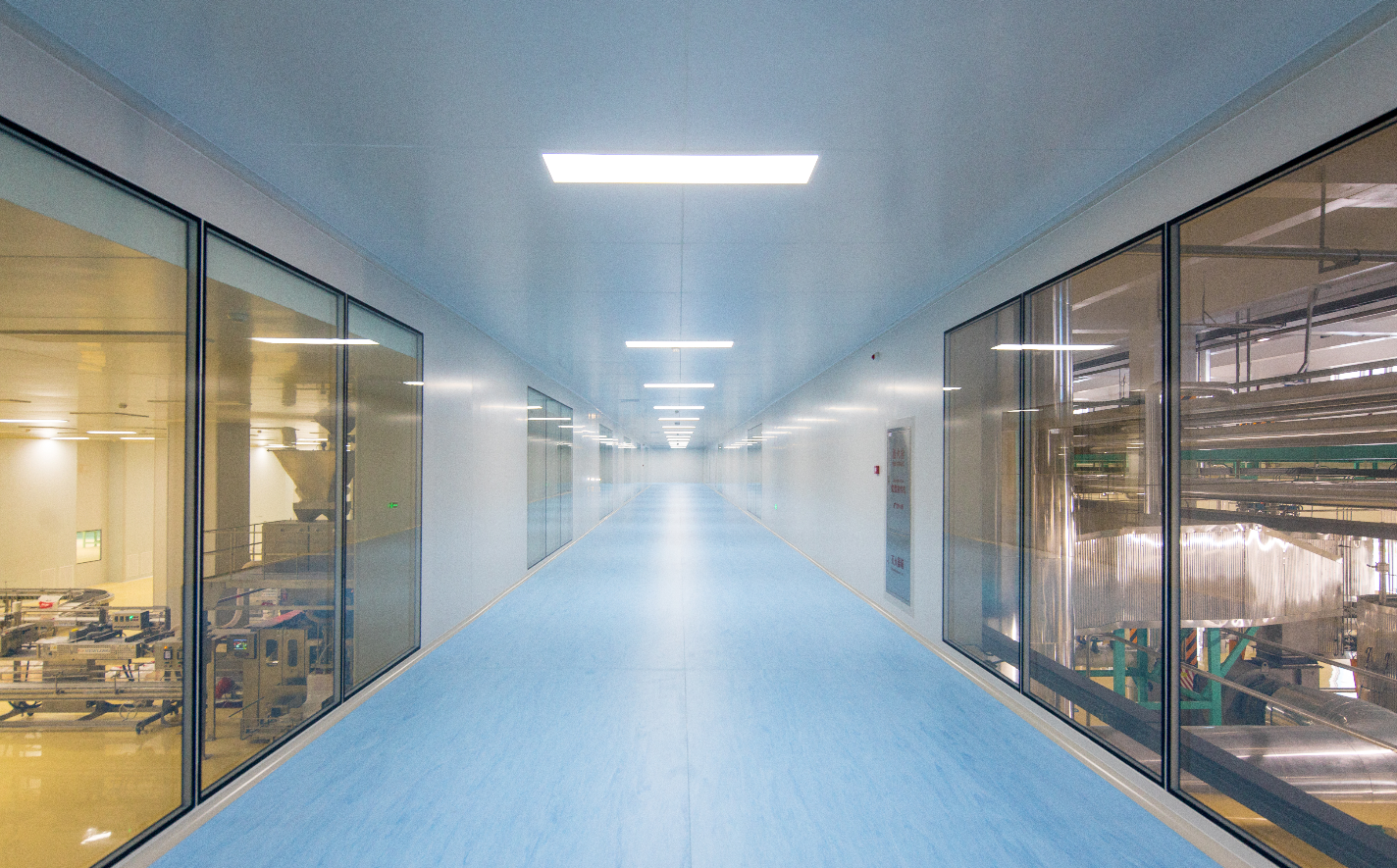To prove the food packaging dust-free workshop is working satisfactorily, it must be demonstrated that the requirements of the following guidelines can be met.
1. The air supply in the food packaging dust-free workshop is sufficient to dilute or eliminate indoor pollution.
2. The air in the food packaging dust-free workshop flows from the clean area to the area with poor cleanliness, the flow of contaminated air reaches the lowest level, and the airflow direction at the door and the indoor building is correct.
3. The air supply in the food packaging dust-free workshop will not significantly increase indoor pollution.
4. The movement state of the indoor air in the food packaging dust-free workshop can ensure that there is no high concentration gathering area in the closed room.
If the cleanroom meets these guidelines, its part particle concentration or microbial concentration (if necessary) can be measured to determine that it meets the specified cleanroom standards.
Food packaging dust-free workshop test:
1. Air supply and exhaust air volume: If it is a turbulent cleanroom, then the air supply and exhaust air volume should be measured. If it is a single-way flow cleanroom, the wind speed should be measured.
2. Airflow control between zones: To prove that the direction of airflow between zones is correct, that is, the flow from the clean area to the area with poor cleanliness, it is necessary to detect:
(1) The pressure difference of each area is correct;
(2) The direction of airflow movement at the doorway or the opening of the wall, floor, etc. is correct, that is, it flows from the clean area to the area with poor cleanliness.
- Filter leak inspection: The high-efficiency filter and its outer frame should be inspected to ensure that suspended pollutants will not pass through:
(1) Damaged filter;
(2) The gap between the filter and its outer frame;
(3) Other parts of the filter device invade the room.
4. Isolation Leak Detection: This test is to prove that suspended contaminants do not penetrate the building material and enter the cleanroom.
5. Room airflow control: The type of airflow control test depends on the airflow pattern in the cleanroom—whether it is turbulent or unidirectional. If the cleanroom airflow is turbulent, it must be verified that there are no areas of the room where airflow is insufficient. If it is a single-way flow cleanroom, it must be verified that the wind speed and direction of the entire room meet the design requirements.
6. Suspended Particle Concentration and Microbial Concentration: If these tests above meet the requirements, the particle concentration and microbial concentration (if required) are finally measured in order to verify compliance with cleanroom design specifications.
7. Other tests: In addition to the above-mentioned pollution control tests, one or more of the following tests are sometimes required:
●Temperature ●Relative humidity ●Indoor heating and cooling capacity ●Noise value ●Illuminance ●Vibration value
Post time: Jan-10-2022

